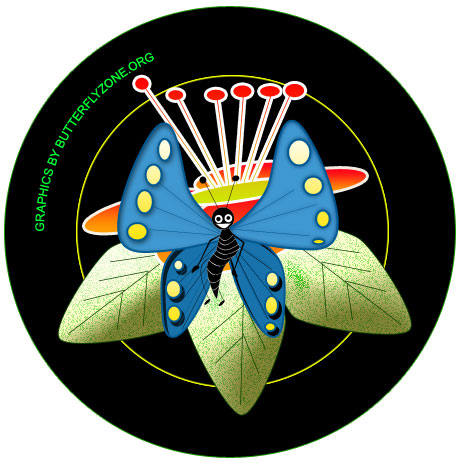Sensitive Legs

The butterfly is known for its wings rather than any part of its body. They are colored. When the butterfly is in flight, they add beauty and charm. The wings are borne by the middle part of the body, the thorax which is present in-between the head and the abdomen. The wings are on the upper side. On the lower side of the thorax, are the legs. The legs of butterfly are as important as the wings.
There are three pairs of legs, the forelegs, the middle legs and the hind legs. Like any other insect leg, the butterfly leg is made up of five joints, the last joint or the foot bears grasping claws. When the butterfly sits on a flower or a leaf, the claws provide grip.
The front pair of legs or the forelegs is nonfunctional. They are short and reduced, in most butterfly species. If at all they are of any use to the butterfly, it is merely to clean the feelers, or the antennae.
The middle and hind legs are for walking. The muscles of the thorax control the wings and legs.
When the butterfly is in the larval stage, it has the usual three pairs of legs. In addition there are up to five pairs of prolegs. The prolegs are not jointed. They bear tiny hooks arranged in rings at the tip. During metamorphosis, the prolegs disappear.
In the adult butterfly, the legs serve important sensory functions as well. The legs bear pores, scales, and hairs. These are specialized sense organs. They can detect vibrations and sound, besides smell and taste.
The smell and taste sense organs are on the feet of the legs. When the butterfly alights on a flower, these sensory structures examine the flower first. They assist the antennae or the feelers in determining the right plant and flower. These sense organs are of utmost importance for the butterfly in spotting the flower, since the eyes are ineffective and the vision a mere blur.
One reason why certain furniture in our house holds are fitted with “butterfly legs” is probably because of their special functional significance and aesthetics.
